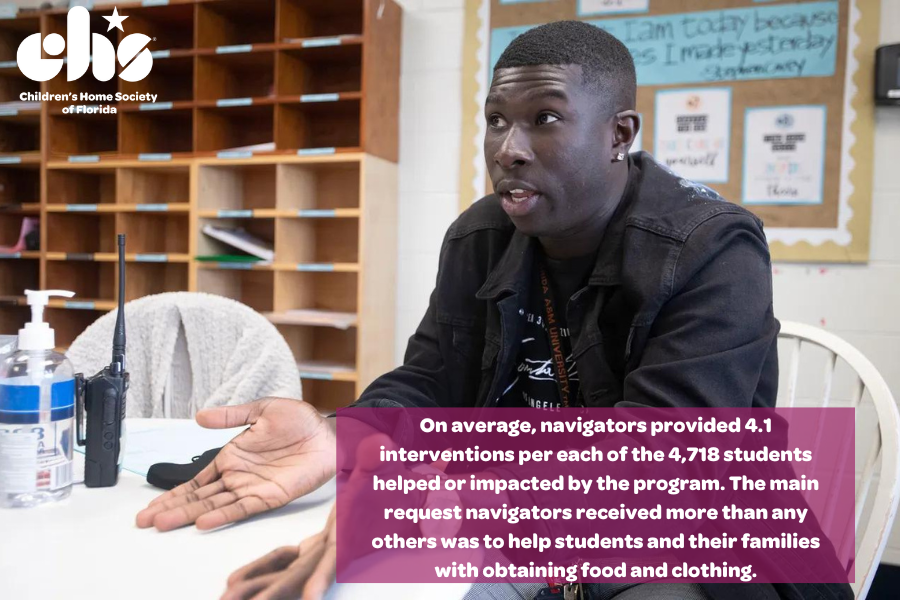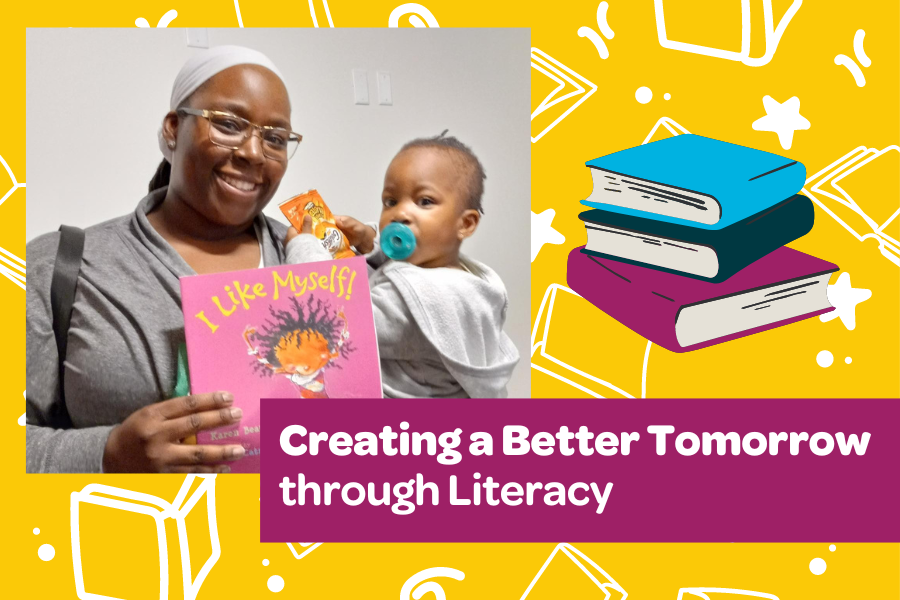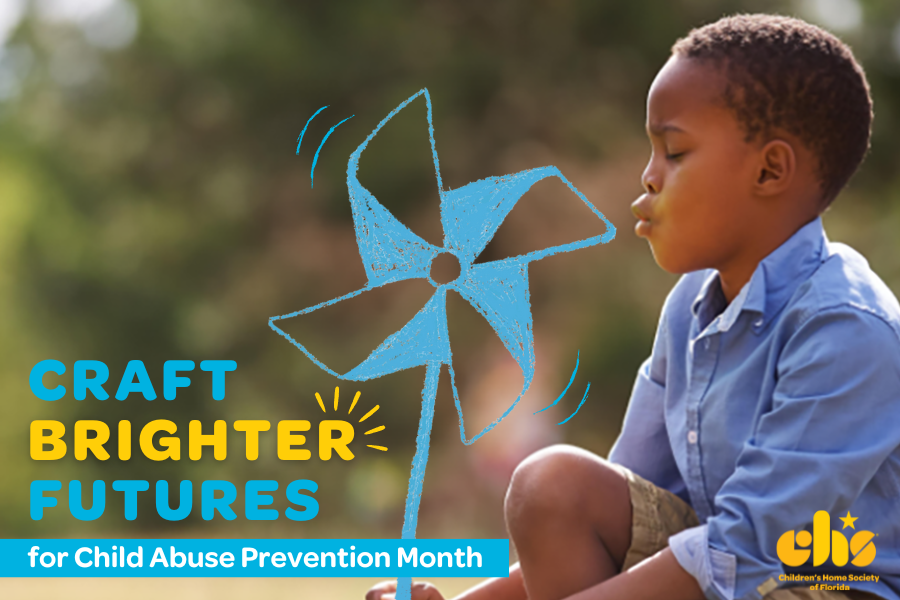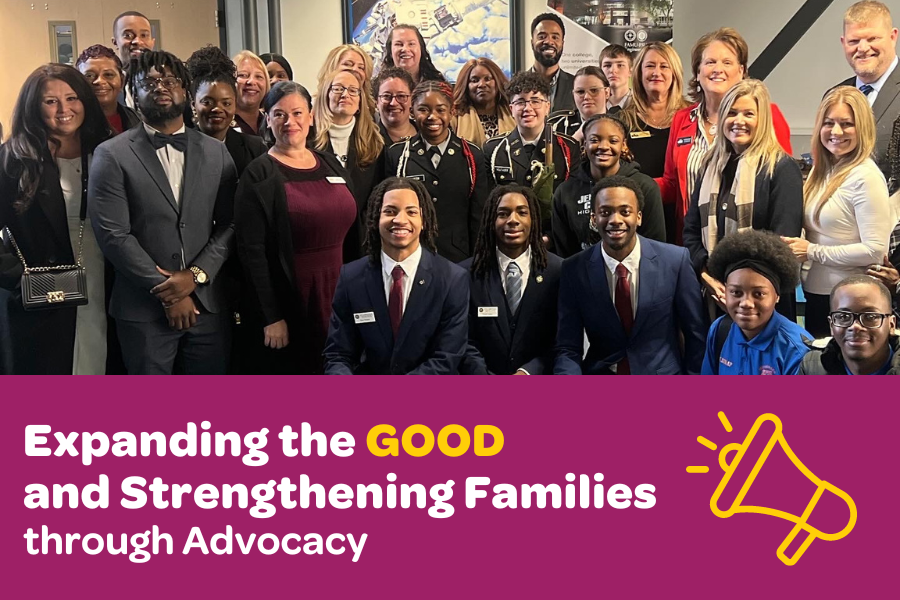The Escambia County School District’s navigator program has proven to be so successful that Superintendent Tim Smith believes the district will try to keep a scaled-down version of the program going, even after the federal funding that pays for it runs out.
This past school year, 32 “navigators” from the Children’s Home Society were placed in 34 public schools. The job of the navigators was to essentially act like social workers. They provided and connected students and their parents with resources including food, clothing, government assistance and health care.

At a workshop meeting Thursday, the school board heard a presentation about the navigators’ impact during the 2021-2022 academic year. The presentation was made by the district’s school transformation specialist, Jennifer Montoya, and the regional executive director for Children’s Home Society, Lindsey Cannon, to share the program’s success in preparation of the board’s vote Tuesday night about whether to continue the program.
Paul Fetsko, a school board member representing District 2, later told the News Journal he “can’t imagine why anyone would vote against” the continuation of the program.
Navigators received 16,572 referrals for students or families in need of aid between August 2020 and the end of February. Montoya said 19% percent of the district’s students were either impacted or directly served by the program’s navigators.
“At first when you see that 19%, it may not seem very large,” Montoya told board members.
But when the percentage is converted into a hard number, the data showed that 4,718 Escambia County students were positively affected by navigators.
“That is a huge win for us, because if we had not had the navigators there, they might have gone hungry without food, without clothing and without other things that might have hindered them within their success,” Montoya said.
On average, navigators provided 4.1 interventions per each of the 4,718 students helped or impacted by the program. The main request navigators received more than any others was to help students and their families with obtaining food and clothing.
Navigators received over 3,500 requests throughout the school year to provide families with food to eat over the weekend and just shy of 2,500 requests to help provide students and their families with clothing.
If the school board votes to continue the program next year, it will be funded by ESSER dollars, with each of the 32 navigators being paid $5,359 per month, according to the district’s contract with Children’s Home Society.
ESSER — the Elementary and Secondary School Emergency Relief Fund — was part of the CARES Act and designed to provide three waves of funding to public school districts across the country for the purpose of mitigating the effects of the pandemic.
“I think it was a perfect use of the ESSER dollars,” said Smith, the superintendent. “What those dollars were designed to do that is exactly what we utilized them for through the navigators.”
The district has had more direct control over ESSER funding than it would usually have over its state-funded budget, allowing district leaders to use the money to fund programs such as the navigator program.
They applied for a third and final round of ESSER funds earlier this year, but eventually the federal dollars will run out and programs funded by ESSER will have to come to an end unless other sources of funding are found.

But due to the success of the navigator program, Smith said he could see the program continuing in a scaled-down format that may not impact as many schools but would still be there for the schools with the most need.
“So what I venture to predict — because we are going to be faced with a huge funding reduction in essence because these dollars are going to go away — is that we are going to see the huge payoff of the program, and it may be kept in certain schools,” Smith said. “It would be in schools with higher free or reduced lunch rates. I can envision that as a probability.”
At the school board’s Thursday workshop, presenters played a recorded video of local principals telling their own experiences with the navigators at their individual schools. One of those principals was Esi Shannon from West Florida High School of Advanced Technology.
“Our student body, of course, we expect students to do their best academically and to try hard every day,” Shannon said. “It is very, very challenging if you want to do your best when you might not know what you’re going to eat when you get home or when you get home are the lights going to be on, is the water still going to be on or when you know that you might need a bigger meal but you know that your family has very minimal resources to make that meal come together.”
When students who may not have everything they need share their situations with school counselors, it might take the counselor several days to take the extra step to find students the help they and their families need.
“Having a navigator right here on campus, when a student shares that need with anyone on campus — whether it’s a teacher, counselor or administer — we have that person right there who is able to go to work and make those connections and meet that student’s needs quite immediately,” Shannon said.
She’s seen her school navigator take food baskets to families and help families financially with transportation. Students who may have been shy to first approach the navigator have now started to do so without being prompted, and the navigator has become more like a mentor than a social worker.
Originally Posted by PNJ.com
By Colin Warren-Hicks










